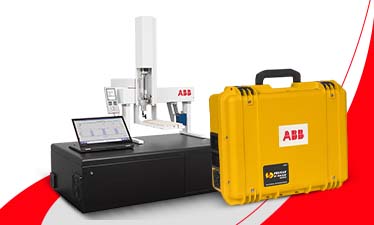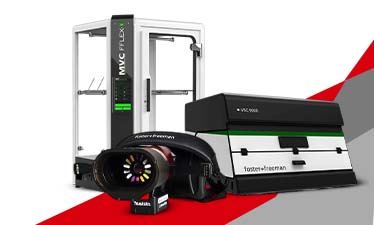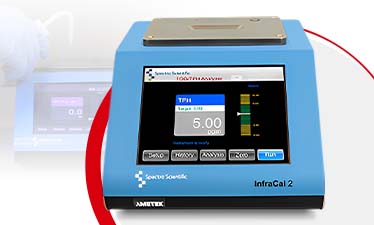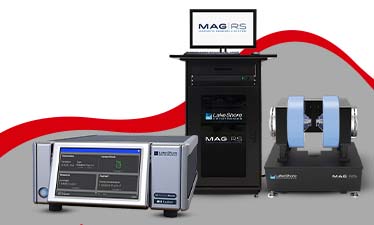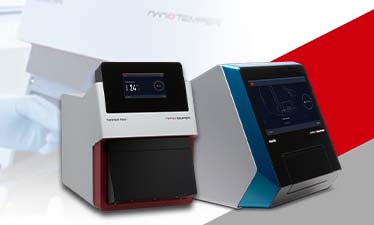Understanding the Laser-Induced Breakdown Spectroscopy
Applied in a wide range of applications, the laser-induced breakdown spectroscopy (LIBS) is used for advanced quantitative and qualitative chemical multi-elemental analysis. It is an analytical rapid chemical analysis technology that utilizes a short laser pulse for producing a micro-plasma over the surface of the sample.
In comparison to other elemental analysis techniques, this specific method offers several advantages and they are –
- Experience preparation-free sample measurement
- Rapid measurement time for a single spot analysis, typically within a few seconds
- Versatile range of sample protocols consisting of depth profiling and rapid raster of sample surface
- Broad range of elemental coverage that includes lighter elements such as hydrogen, sodium, nitrogen, oxygen and more
- Eliminating the concern of substrate interference and conducting thin-sample analysis
The scope for elemental analysis is just limitless with the application of LIBS. Only limitation of LIBS is for its detection of heavy metallic elements and that too in the low-PPM range.
The laser-induced breakdown spectroscopy can be used for a wide range of sample matrices consisting of glasses, metals, biological tissues, semiconductors, plastics, insulators, soils, electronic materials, plants and thin-paint coatings. This technique has been used for several years now and a great number of LIBS analyzers are utilized in scrap yards for quick alloy sorting and also for detection and analysis of alloys in the metal industry.
The Overall Work Mechanism of LIBS
The primary physical process that constitutes the core of LIBS technology is the creation of high-temperature plasma that is induced by a short laser pulse. A focused pulse laser bombards the sample which results in ablating a small volume of sample mass. This particular process is known as Laser Ablation.
Continuation of this technique causes further interaction of the ablated mass with a trailing laser pulse portion and forms a plasma that is highly energetic. This plasma contains excited ions and atoms along with free electronics. In several fundamental research projects, it is observed that the plasma temperature can go over 30,000K in its initial lifetime phase.
As soon as the laser pulse terminates, the plasma begins to cool down. During this process, the electrons of the ions and atoms at the states of excited electronics fall down into the ground states which results in light emission from the plasma with discrete spectral peaks.
The light emission from plasma is accumulated and coupled with an ICCD or Spectrograph detector module for LIBS powered spectral analysis. Each element in the periodic table is linked with the unique LIBS spectral peaks. By conducting identification of varied peaks for the samples that are analyzed, the chemical composition can be determined rapidly. Alternatively, information on LIBS peak intensities can be utilized quantifying the sample for concentration tracing and other major elements.
Today, due to the advancement in chemometric software for LIBS and gradual progression in understanding of laser ablation fundamentals, the expert analytical researchers are implementing LIBS application for both material discriminatory and quantitative analysis for a broad range of sample matrices.
To know more about LIBS technology, make sure to get in touch with the expert professionals now.




